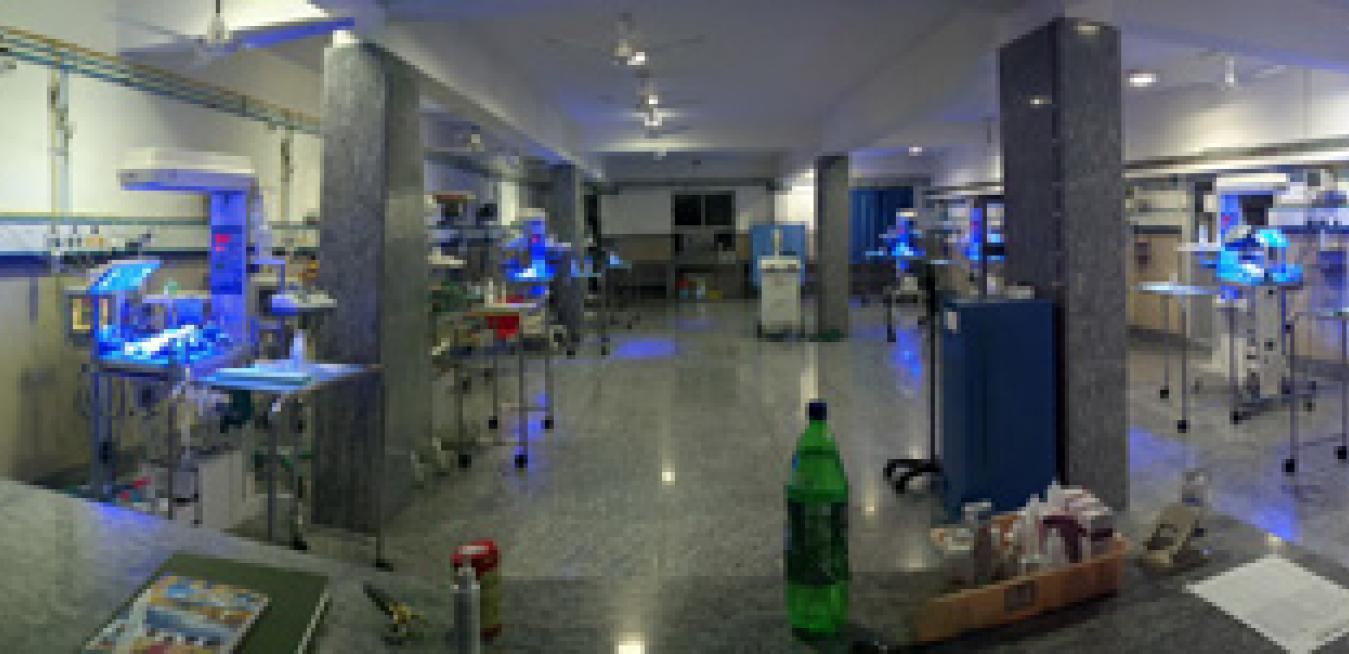Dr. Rajesh Kumar and his team of 20 pediatricians inside Rani Children’s Hospital in the impoverished Indian state of Jharkhand are facing a daunting task. Dr. Kumar is one of the few neonatologists serving Jharkhand, population 32 million. On a typical day, he and his team scramble to care for as many as 100 newborns, some weighing less than two pounds at birth. Technology is a matter of life and death for Dr. Kumar’s tiny patients, and it had been slow to reach them.
Until last fall, when Rani Children’s Hospital’s neonatal intensive care unit installed first Lullaby baby warmers and phototherapy units from GE. GE built the machines specifically for the Indian market, using a process called “reverse innovation.” Vijay Govindarajan, professor at Dartmouth’s Tuck School of Business and author of Reverse Innovation: Create Far from Home, Win Everywhere, says that smart companies innovate in developing markets, meet local needs and constraints, and then bring the results home. “Once you do that, your solutions become very novel,” he says.
The baby warmer’s easy controls, pictogram buttons, and simple dials, for example, are intuitive and give nurses and doctors more time to focus on the baby, not switches. Hospitals in 65 countries, including some from Western Europe, have placed orders.
Speaking on his cell phone one busy Monday morning from the hospital, Dr. Kumar said that he was managing 50 babies using the Lullaby warmers. “They cannot maintain their own body temperature,” he explained. His staff have been using the warmers in combination with GE’s LED phototherapy system. The system is very efficient in treating infants with neonatal jaundice, a common illness caused by an immature liver. If left untreated, bilirubin, the yellow byproduct of dying blood cells, can build up in the body and cause irreversible brain damage. Phototherapy helps transform the bilirubin into a new compound that the baby can excrete. “Technologies like low cost baby warmers and LED phototherapy systems can help save many newborn lives every day, especially in a country like India,” said Dr. Kumar.
The LEDs in the Lullaby last 50,000 hours, almost six years, compared to 1,000 or 2,000 hours for standard fluorescent lamps that require replacement every 3 months and use five times as much energy. The infants depend on the lights to get better, or they must receive a blood transfusion. Lullaby phototherapy devices at Rani Children’s Hospital use LEDs that were developed in India to specifically replace the high-intensity bulbs.
Last month the Lullaby LED phototherapy system won an innovation award from the Federation of Indian Chambers of Commerce and Industry (FICCI), ahead of 120 other new entrants in the field of low cost sustainable innovations that help enable better healthcare for more people.
Says Dartmouth’s Govindarajan: “Every GE employee must have a reverse innovation mindset. It’s the biggest opportunity for GE going forward.”





